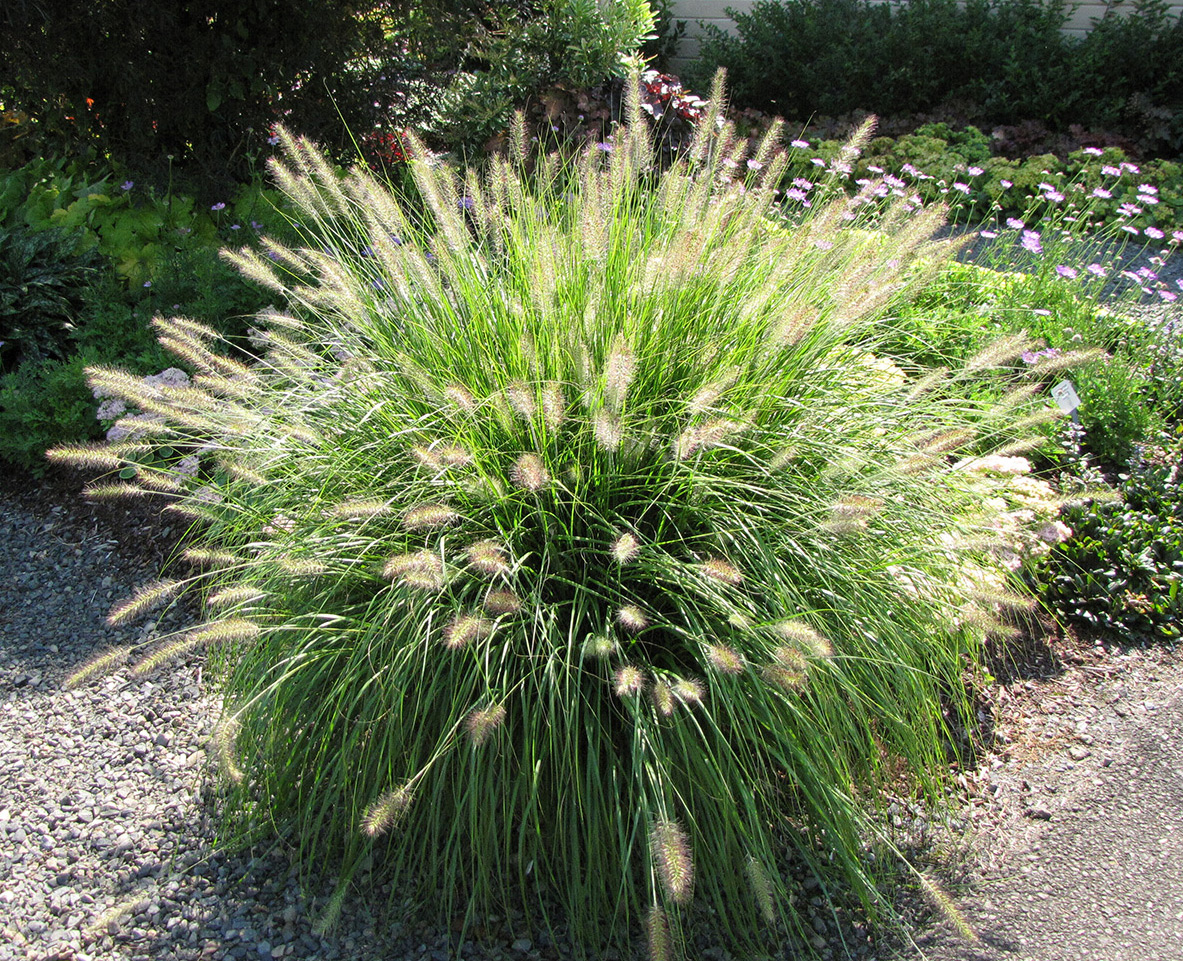Pennisetum alopecuroides are erect pretty and are 60_ 100 m taller flowers. In addition to this, the Summer season is appreciable for this plant. Furthermore, the foliage of flowers remains attractive throughout the whole winter. Additionally, the spikes of flowers turn into brown color when seeds generate.
The attractive thing about this plant is that if your want to use it in your garden so it can easily propagate. Furthermore, it is important to take care of it by giving needed requirements.
Suitable place for Pennisetum Alopecuroides:
To protect PennisetumAlopecuroides it is essential to take place near well_ drained or sandy soil where it receives proper moisture for the growth of its leaves.
Origin of Flower:
It is originated from the wetlands of Eastern Asia like the Philippines, Japan, and it also indigenous to wastelands, open woods, and grasslands.
Genus:
its genus is Pennisetum.
Family:
The family of this flower is Poaceae.
Subfamily:
The subfamily of this plant is Panicoideae.
Tips to better grow this plant:
Some of the important tips are given below that you should follow to secure your flower from any harm:
- Full sun, well_ drained or moisturize soil is best for its growth.
- Besides that, watering on the daily basis is essential.
- Cutoff the deadheads to get new leaves.
Most Frequent Asked Questions:
1. What is the common name of this plant?
The common name of this plant is fountain glass or simply Pennisetumalopecuroides.
2. Is Pennisetum is drought tolerant?
Yes, Although it can better grow in sunny, moist, or well_ drained soil it can tolerate rough or drought soil.
3. Is Pennisetum is useful?
Yes, it is useful as you can ground it and make flour from it and it can help in cooking seeds.
4. Is this plant is poisonous?
No, this plant is considered non-toxic for pets and you can feel ease by using it as a houseplant.

